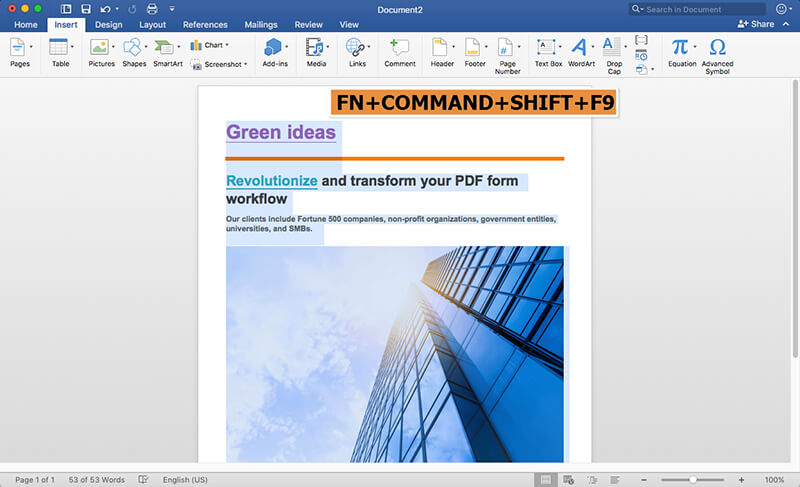How Do I Delete An Embedded Image In Word For Mac 2011. Keeps Showing Up.

Figure 1: The three parts to the Navigation Pane in Word 2010 To see the Document Map: • In Word 2007 and earlier versions: View > Document Map. • In Word 2010: View > Navigation Pane. Below the search box, there are three un-named pale buttons. The first is the Document Map (if you hover over it, the button says 'Browse the headings in your document'). See Figure 1. • In all versions except Word 2007: Alt-V-D. (We lost the old keyboard shortcut in Word 2007, but it was reinstated for Word 2010!!) You'll see the Document Map on the left of your Word screen.
Customize the document headers and footers in Word 2011 for Mac to show page numbers, dates. Way of the Header and Footer group on the Office 2011 Ribbon's Document Elements tab. You can add, edit, or delete headers and footers when your document is in print layout. Click where you want to insert the picture. How to Remove a Watermark in MS Word That Has Become Persistent August 16, 2011 Page 1 Version: MS Word 2007, but will probably work the same for Word 2010.
What does the Document Map do? Strictly speaking, it doesn't do anything.
It just sits there on the left of your screen. What it shows you, however, can be very useful. It shows an outline of your document. That is, it shows all the headings in your document.
You get to choose whether to show just the highest-level headings, or lower-level headings as well. How to get Document Map to display something useful To get Document Map to display useful headings, apply the built-in heading styles to the headings in your document. There are to apply the heading styles. In Word 2007 and Word 2010, on the Home tab, in the Styles gallery, click the thumbnail for the heading style you want to apply. In Word 2003 and earlier versions, the easiest way is probably to use the Styles combobox on the toolbar.
(And if you're used to using that, in Word 2007 and Word 2010, you can to the Quick Access Toolbar.) From the Styles combo box, choose Heading 1 for your main headings, Heading 2 for sub-headings and Heading 3 for minor headings, and so on. How to use the Document Map to move around your document quickly If you click on a heading in the Document Map, the cursor will jump to that heading. That gives you a really fast way to navigate around your document.  How to use the Document Map to see where you are in a document If you have a really big document, it's sometimes easy to get 'lost'.
How to use the Document Map to see where you are in a document If you have a really big document, it's sometimes easy to get 'lost'.
You can see a page of text, but it's hard to know where you are in the document. Document Map is a good way to solve this problem. As you move around your document, the Document Map will highlight the current heading. For example, in Figure 1, I can see that the cursor is within the section with the heading 'Balloons'.
In Figure 2, I can see that the cursor is within the section 'Sea transport'. How to control the number of levels that Document Map displays There are two controls available: • You can determine how many levels of headings the Document Map displays. Right-click in a blank area of the Document Map, and choose how many levels you want to display.
See Figure 1. • You can expand or collapse individual headings by clicking on the plus and minus signs next to the headings.

See Figure 2. Figure 2: Expand or collapse individual headings by clicking on the Plus and Minus signs next to the headings. This is Word 2003. Word 2007 is similar.